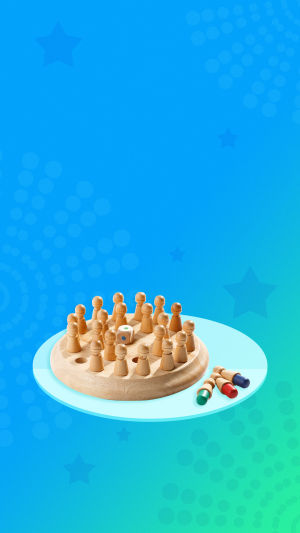Intelligence can be divided into two types:
1. Liquefied intelligence, which is a measure of perception, memory, speed of arithmetic, reasoning, etc.
2. Slidified intelligence, which is the sum of all the knowledge a person knows.
Liquefied intelligence is a physiologically based cognitive ability that decreases with the weakening of the nervous system.
Therefore, the increase in age directly affects liquefied intelligence.
In general, the development of liquefied intelligence peaks after the age of 20 and decreases with age after the age of 30.
Solidified intelligence, on the other hand, is intelligence acquired through mastery of social and cultural experiences, such as vocabulary concepts, verbal comprehension, general knowledge, and other memory storage information capabilities.
So solidified intelligence is related to education and culture, and it continues to develop throughout a person's life and does not decrease with age.
Intelligence can be improved by cultivation, by developing positive hobbies, such as calligraphy, painting, and musical instruments.
Calligraphy and painting will develop our ability to perceive and imagine things in words and express them on paper.
At this time, our memory and imagination creativity will be improved, which is a good indication of intellectual development.
Learning a musical instrument helps to develop one's right brain, which is mostly used by our left brain and rarely by our right brain.
The left brain is involved in logical thinking, such as arithmetic.
The right brain is involved in figurative thinking, and learning a musical instrument helps to develop the right brain by using multiple organs such as the eyes, ears, hands and brain to work together.
This allows the individual to have better perceptual skills and thus develop intelligence on a deeper level.
The early childhood stage is very important for intellectual development, which can be carried out by means of toys at first.
1. Phonics and cultural toys
Toys that can make children's hearing sharper, learn new word groups, promote language expression and organization, and pre-school practice.
Such as story tapes, story picture cards, and drawing boards that encourage painting and drawing.
2. Science toys
Science toys that can attract children to observe, compare, collect and analyze.
In addition to triggering the child's feverish curiosity, but also so that they can develop a variety of things to observe, analyze, collect information, the concept of factual, such as the emblematic mirror, kaleidoscope, a variety of specimens, etc.
3. Action toys
These toys can exercise children's large muscles and coordination of body parts, such as baby crawling toys, various strollers, pull carts, rideable bicycles, throwing darts, etc.
4. Operation toys
These toys make children's small finger muscles more flexible and promote eye and hand coordination toys, such as cat clay, stringing, beads, stacking combination blocks, etc.
5. Art toys
They can develop creativity and the ability to read, write and discover beautiful things in life.





